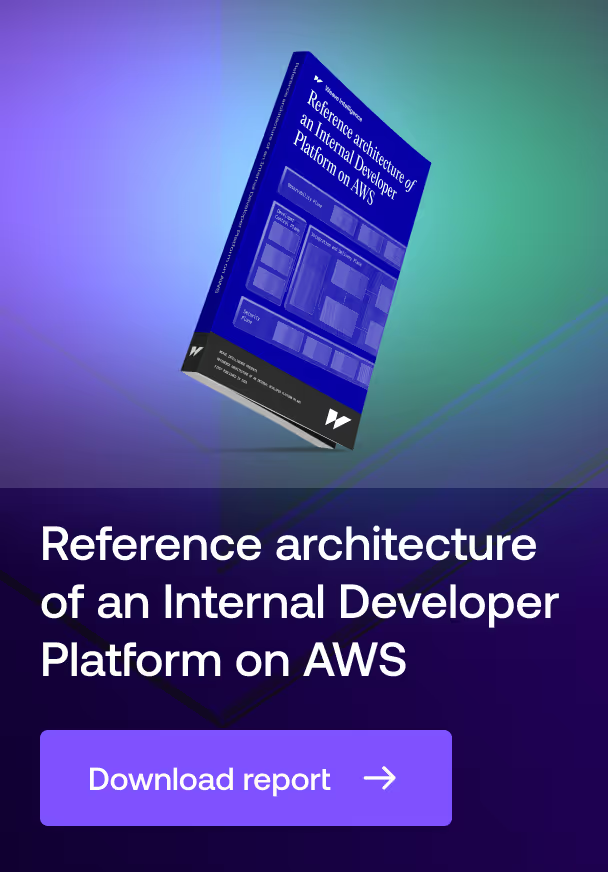
Cortex
Profile
Cortex offers 60+ pre-built integrations and support for custom data to enable to assemble a comprehensive view of all software an organization owns, including information about ownership, security, documentation, dependencies, deploy for services, infrastructure, APIs, pipelines, or any other entity type they choose to model. This rich information architecture is then applied to service scaffolding, deployment templates, and custom Scorecards that make it easy for developers to quickly onboard, understand the state of software they own, and self-serve actions to deliver new value.
Focus
The purpose of Cortex's Internal Developer Portal is to accelerate engineering initiatives, in alignment with the standards unique to each organization. Whether your priority projects include migrating to the cloud, shipping a new customer portal, improving documentation, upgrading an outdated package, unblocking deployments, or finally hitting your security SLAs, Cortex is the only IDP that continuously assess gaps between your current and ideal state, auto-notifies affected owners of exactly what needs to happen, when, and provides the tools and templates developers need to execute autonomously.
Background
Cortex was founded in 2018 by engineers from Uber, LendUp, and Twilio, who'd each witnessed the catastrophic effect manual service management was having on developer productivity, software reliability, and operational efficiency. Early adopters include Adobe, Grammarly, and SoFi, who have all helped evolve the platform from its origins as a more robust service catalog, to the first Internal Developer Portal to support fully customizable catalogs, active scorecards, and composable workflows for developer self-service.
Cortex main features
Cortex has three main connected capabilities.
First, Cortex's custom catalogs—fed by 60+ out of the box integrations and custom data feeds—were designed to centralize all information about an organizations services, resources, APIs, pipelines, or other known entities, including data pertaining to their owners, composition, health, and efficiency. This makes it easy for developers to onboard and understand software quickly, but also sets the foundation for all other Cortex capabilities.
Second, Cortex's Scorecards enable users to turn this expansive information architecture into a mechanism for driving progress against critical initiatives, ensuring alignment to standards, and setting best practice for deploying new software. With Scorecards, users can check for connection to the latest vulnerability scanner, ensure 70% or higher code coverage, identify outdated packages, ensure SLAs are defined and met, or meet any other standard your organization defines.
The third key feature of Cortex comprises its developer self-service capabilities, which rely on the central catalogs and codified standards mentioned above. With Cortex self-service, teams can create pre-approved templates and composable workflows that enable developers to spend less time context switching and waiting on permission and more time shipping new value. Accelerate the chain of actions required to onboard, deploy services, provision resources, or even collect relevant information during an incident—all in a few clicks.






